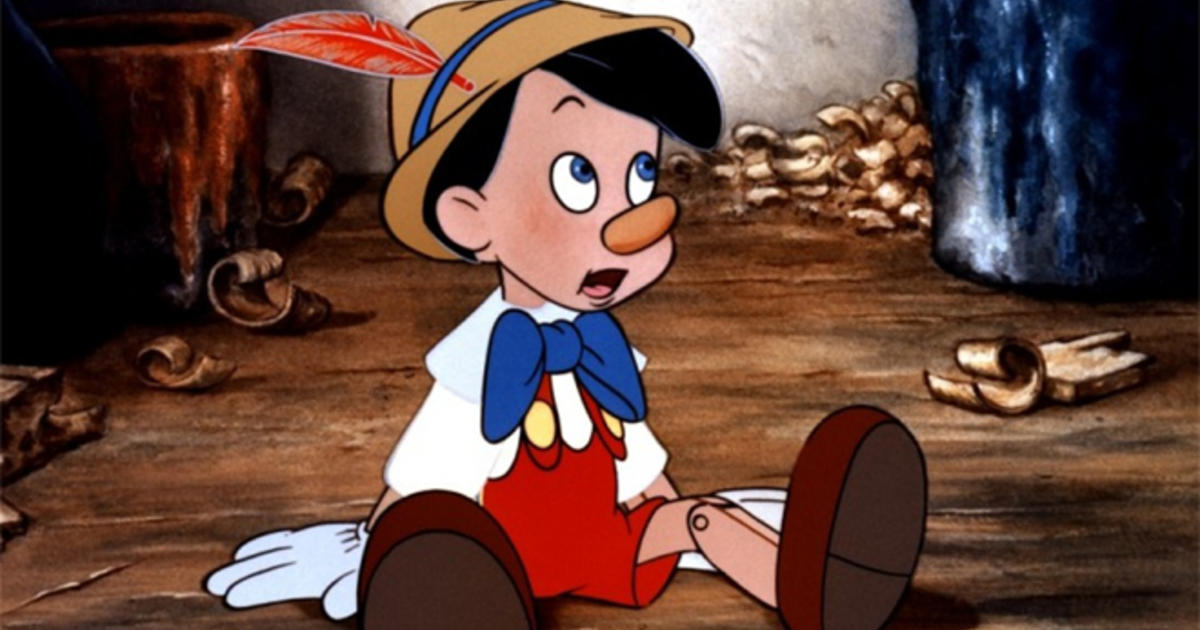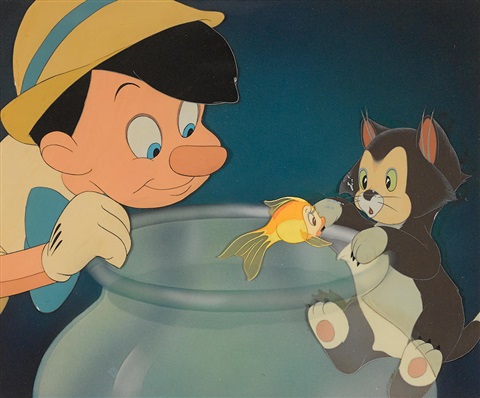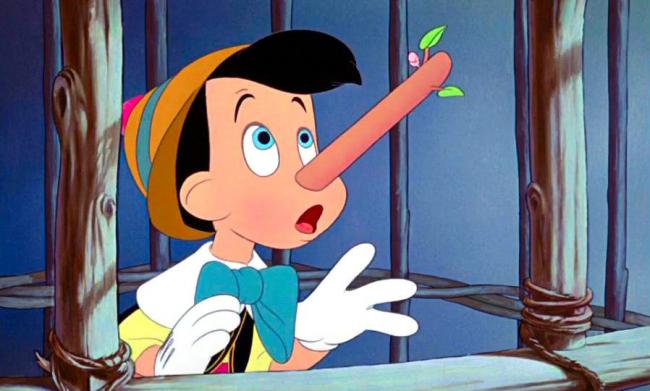Pinocchio is a 2019 Italian fantasy film co-written and directed by Matteo Garrone, based on the 1883 book The Adventures of Pinocchio by Italian author Carlo Collodi.
What is it about?
“Geppetto” lives in one of the most lovely seashores in Italy, where frequently he invests his energy playing, hopping without dealing with his schoolwork, or valuing the exertion of his old dad. His dad functions as a woodworker to accomplish his childhood dreams. In any case, this poor woodworker consistently must be befuddled confronting constant protests from neighbors about the bother of “Geppetto” to them other than the obliteration of their property. At some point, “Geppetto’s” irritation to his dad and neighbors has halted, and his kite got back alone. His dad went through days and evenings searching for him conveying the kite of his missing single, be that as it may, with no effect. The poor elderly got apprehensive, and his heart was brimming with anguish and distress for his hawkish kid, so he propelled “Geppetto’s” kite, for his conviction that it might assist him with discovering its producer. Be that as it may, the kite returned alone to the old craftsman’s home.

Out of nowhere, a thought struck a chord of making a manikin simply like his single and named it by “Pinocchio.” “Pinocchio” was a bizarre manikin, acquired the irritating conduct from “Geppetto” as though he’s, where he moves around, making issues again for the poor elderly person. Be that as it may, this wooden manikin had an odd trademark, as his nose needed to become greater and longer as he lies and comes back to its unique state when he comes clean. In what capacity will the old woodworker manage his irritating wooden manikin? Will its utilization be for his chimney? Or on the other hand, his relationship with “Pinocchio” will be a lot greater? Will “Pinocchio” cause his old dad to discover “Geppetto”? What’s more, what exercises will “Pinocchio” uncovers to us in his encounters to find out about existence?
Ever wondered if ”Pinocchio” means anything or not?
It doesn’t exactly mean anything, but over time people have been using it to call out a liar or someone who is like the fictional boy in the story of the same name.

The real story of Pinocchio
Now, this gets interesting, similar to many of the classic kid’s stories, Pinocchio’s original version is more on the dark side. The film depends on a story that showed up as a sequential in a paper called The Adventures of Pinocchio, written in 1881 and 1882 via Carlo Collodi. Jiminy Cricket shows up as the Talking Cricket in the book and doesn’t play as unmistakable of a job.
He initially shows up in part 4 in which the cliché that kids don’t care to have their conduct amended by individuals who know significantly more than they do is represented.

You may be glad to realize that Pinocchio learned his exercise not long after that—or appeared to. While he didn’t appear to feel awful about executing the CricketCricket (truth be told, he later tells Gepetto, “It was his own shortcoming, for I would not like to slaughter him.”), he seemed to lament not accepting the Cricket’sCricket’s recommendation as he runs into increasingly more difficult. Finally, karma gets up to speed to Pinocchio, and he gets his feet consumed off.
Try not to stress—Gepetto excuses him and fabricates his new feet, which is extremely more than Pinocchio’s merits. When Pinocchio first became “alive” and figured out how to walk, the main thing he did was runoff. What’s more terrible is that Pinocchio persuades that Gepetto has mishandled him, which lands Gepetto decisively in jail.
You would think at this point, Pinocchio would figure out how to be a decent, loyal young man, yet that essentially isn’t the situation. The Talking Cricket returns as an apparition to advise Pinocchio not to engage with certain individuals who guarantee planting gold coins will bring about a tree of gold. As opposed to saying ‘sorry’ for tossing a sled at the poor bug, Pinocchio laughs at the exhortation by and by.
Pinocchio’s choice to keep on overlooking the Cricket brought about him discovering more despondency in the method of being hanged by the very individuals who had enlightened him concerning planting gold coins.

The hanging scene was really where the story was intended to end. Fundamentally, Collodi needed to pass on the message that youngsters could confront grave ramifications for being rebellious. Be that as it may, the editorial manager of the paper mentioned that Collodi keeps composing—may be wanting for more of a cheerfully ever after himself—and that is the place the blue pixie came in to spare the manikin.
In the extra sections, Collodi made it so that Pinocchio took in his exercise and chose to deal with his dad as opposed to investing his energy playing and going out of control.
At long last, Talking Cricket got an opportunity at retribution, yet didn’t take it.
So yeah, it’s safe to say it was dark in its original form.

